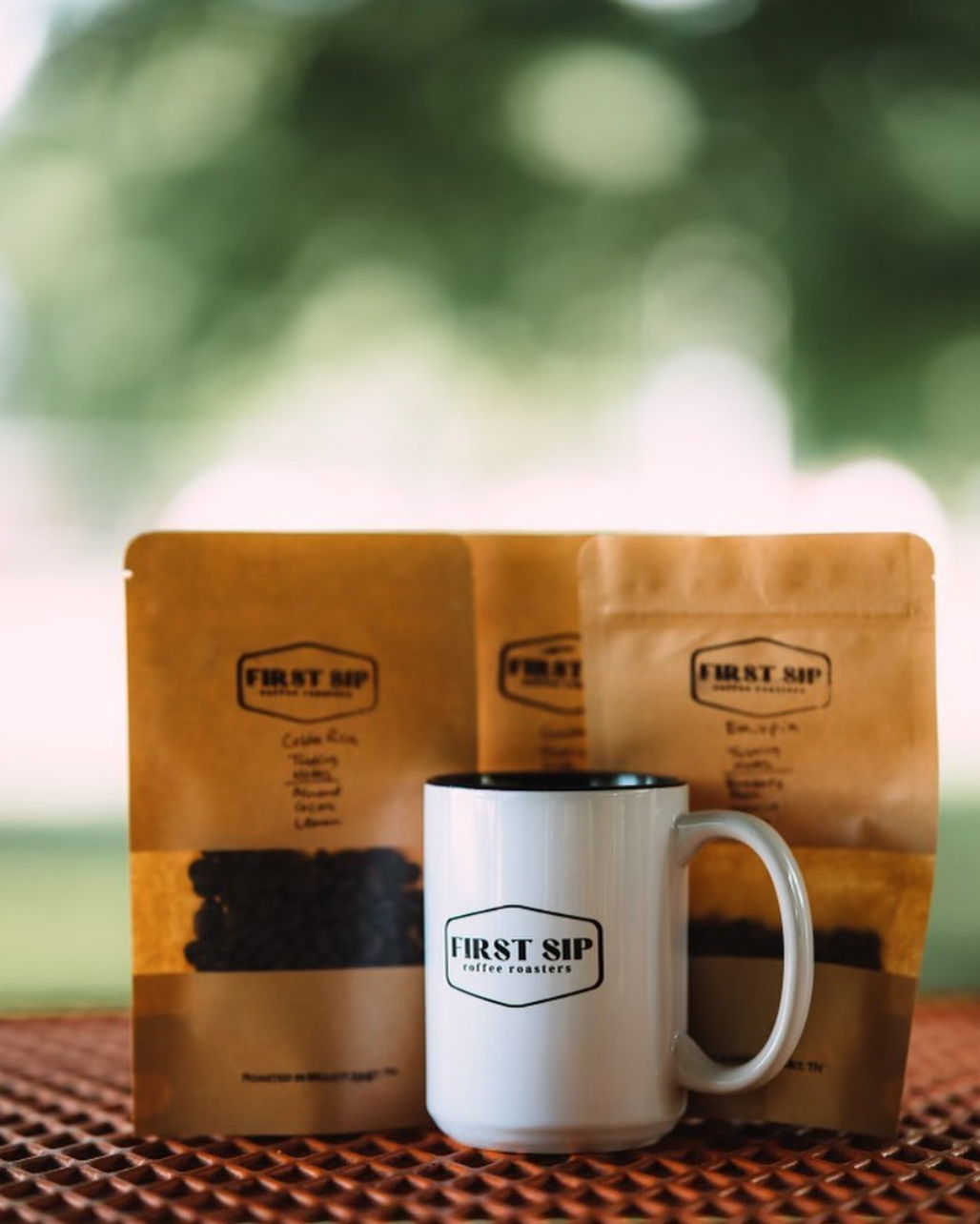From Roastery to Retail: How to Start Selling Wholesale Coffee to Grocery Stores
Selling coffee to grocery stores can be a game-changing opportunity for roasters looking to increase sales volume, amplify brand visibility, and capture new markets. With just a few wholesale accounts, your business can scale exponentially. But breaking into grocery retail is no small feat—buyers review countless products daily, and established brands already dominate the shelves.
Despite the challenges, getting your coffee into grocery stores is a strategic, sustainable way to grow your business. Let’s explore the best strategies for making your retail debut, powered by the benefits of in-house roasting with Bellwether.
Is Your Brand Retail-Ready?
Selling coffee in a cafe or online is a multi-channel experience, with more than one avenue for engaging with customers. When you’re trying to sell from a grocery store shelf, the sales cycle—in its simplest form—only has two back-to-back stages:
Seeing Your Product: Your coffee bag needs to pop on the shelf. A stunning, minimalist design with clear, bold messaging can help you capture attention.
Picking Up the Bag: The packaging must build an emotional connection once a shopper picks up your coffee. Share your sustainability story, emphasize ethical sourcing, or highlight your unique roast profiles.
Understanding your customer’s desires and why they choose your coffee over others will guide your design decisions—and show buyers your product is ready for retail. (Pro tip: Learn about UPC barcodes early in your packaging design process!)
How to Price Your Coffee for Grocery Retail
Pricing for grocery stores is straightforward but crucial. Most stores apply a 50% markup on wholesale products, meaning if a bag retails for $16, they’ll want to buy it for $8.
Let’s break it down:
Cost of Goods Sold (COGS): $6.75 (beans, packaging, shipping, and labor)
Wholesale Price: $8.00
Profit per Bag: $1.25 (15.6% margin)
While your profit per unit may be lower than direct-to-consumer sales, the volume and predictability of grocery sales often make up for the margin difference.Make sure you have a realistic idea of your target wholesale price and profit margin before reaching out to stores.
Top Strategies for Getting Your Coffee Into Stores
Meeting With Local Buyers: Pitch Your Product and Earn Shelf Space
Start small and local. Pitching to big chains like Whole Foods too soon can be discouraging. Local grocery buyers are often eager to support nearby businesses and more accessible for in-person meetings.
Cold Call and Drop Samples: Call stores, ask for the buyer, and deliver fresh coffee samples with a one-page sell sheet highlighting your coffee’s unique value.
Tell Your Story: Buyers want products with a story their customers will care about. Stores already sell coffee, and buyers hear pitches every day, so be ready to demonstrate what your coffee means for the store’s customers. Does it satisfy a particular niche? Is there something unique about your process or values? Rehearse your story and break your key messages down into quick, bite-sized arguments.
Present a Marketing Plan: Grocery stores want reassurance that your product will sell. Show how you’ll drive awareness—through social media, live demos, and community events.
Remember, buyers should leave your pitch feeling like they’re gaining a partner, not just another vendor.
Key Questions to Ask Buyers
While pitching, take the opportunity to assess the store’s fit for your brand:
What is the store’s expectation for demos and marketing support?
Will the store place frequent orders, or does it prefer a regular fulfilment schedule?
What are the store’s distribution preferences (delivery days, times, frequency)?
Would the buyer prefer to have “best by” or “roasted on” dates on your bags?
Are there any “free fill” requirements? We strongly suggest avoiding giving away free products other than buyer samples.
What does the ideal partnership look like?
The more you understand the store’s needs, the better you can position your coffee as a valuable asset.
Strategies to Promote Your Wholesale Coffee
Getting your coffee onto shelves is only half the battle—now you need people to buy it. Grocery store marketing is all about brand awareness and habit disruption.
Announce Your Launch Everywhere
Celebrate your grocery debut! Take pictures of your coffee on the shelf, share them on social media, email your subscriber list, and update your website with store locations.
Host In-Store Demos
Live demos are an incredibly effective way to build awareness. Let customers taste your coffee, hear your story, and experience the freshness firsthand.
Engage Customers: Don’t wait—actively invite shoppers to try a sample.
Showcase Variety: Display your full product range for instant purchase.
Create an Experience: Big, eye-catching displays draw people in.
Unlock New Revenue Streams with Bellwether
Selling wholesale to grocery stores might seem daunting, but with the right approach—and the right roasting technology—it’s an achievable and rewarding way to grow your business.
Bellwether’s all-electric, ventless roaster makes it easy to start roasting in-house, offering complete control over quality, cost, and sustainability. With minimal labor and no need for expensive buildouts, it’s the fastest way to scale your brand into retail.
Explore the Bellwether Roaster today and turn your grocery store dreams into reality.


